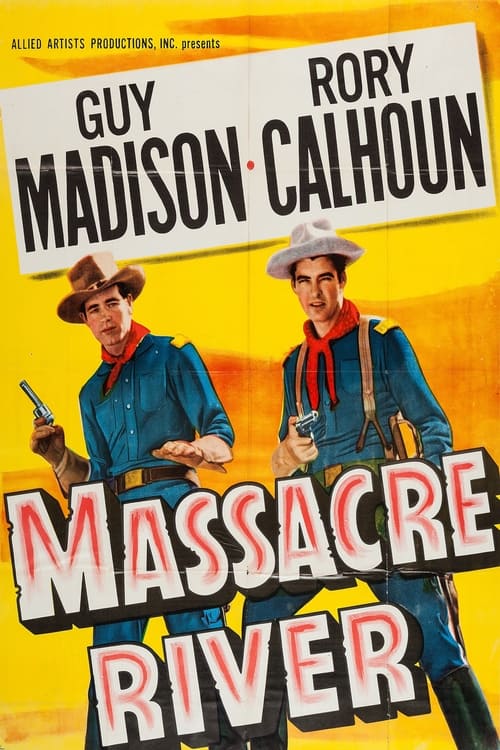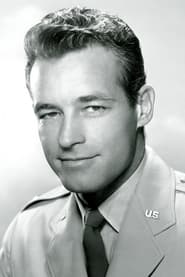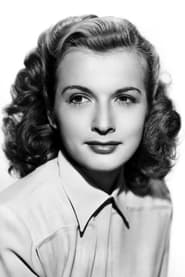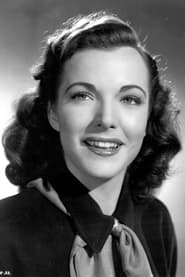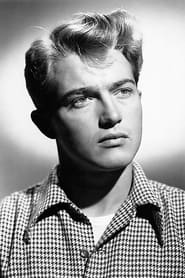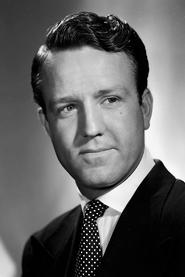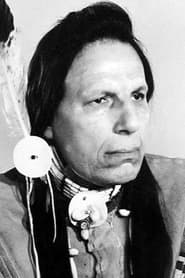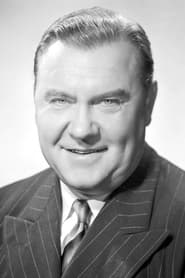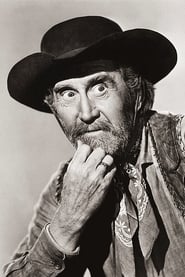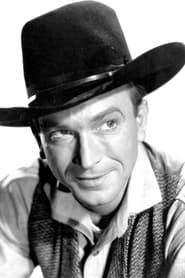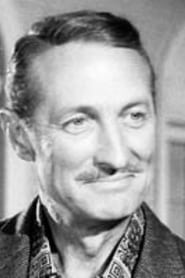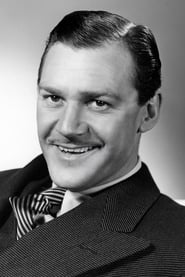Cast
View AllGuy Madison
as Larry Knight
Rory Calhoun
as Phil Acton
Carole Mathews
as Laura Jordan
Cathy Downs
as Kitty Reid
Johnny Sands
as Randy Reid
Steve Brodie
as Burke Kimber
Art Baker
as Col. James Reid
Iron Eyes Cody
as Chief Yellowstone
Emory Parnell
as Sgt. Johanssen
Queenie Smith
as Mrs. Johanssen
Eddy Waller
as Joe (as Eddie Waller)
James Bush
as Eddie
John Holland
as Roberts
Douglas Fowley
as Simms
Harry Brown
as Piano Player
Crew
Director
- John Rawlins
Producer
- Julian Lesser
- Frank Melford
Reviews
John Chard
I'm a jinx Larry.
Massacre River is directed by John Rawlins and written by Louis Stevens. It stars Guy Madison, Rory Calhoun, Carole Matthews, Cathy Downs, Johnny Sands and Steve Brodie. Music is by John Leipold and Lucien Moraweck and cinematography by Jack Mackenzie.
Three army buddies, two ladies, and Indians unhappy about land encroachments. Spells trouble for sure.
Massacre River is a tricky Western to recommend in that it is not one for those expecting a Cavalry and Indians actioner, this is no high energy "B" Western. It relies heavily on character dynamics and a story ripe with surprising forays into darker territories. In fact it is far from routine stuff, a tag that even the New York Times reviewer of the time was quickly wrong to call it.
We have five people caught in a devil's pentagon, friendships and passions are tested and emotions reach boiling point. Thankfully the makers involved here have the courage of their convictions to make bold decisions with some of the characters. Decisions that bring the pic into a film noir realm, which when aided by some pleasing monochrome photography, and shadow play when the story goes bleaker, marks this out as very being aware of that style of film making that was bubbling away with menace at the time.
It begins all jaunty with pals larking around, even bordering on the homo erotic as two of the guys wrestle in a bath of water (seriously), and with a meeting of the fort colonel and the Indian chief (Art Baker and Iron Eyes Cody) outlaying a problem brewing between the two factions, it appears to be heading into "formula". But once the action switches to Jackson (the last outpost bordering Massacre River), the whole tone shifts, very much so, and it becomes a spicy hotbed of human agonies and vagaries of fate.
Problems exist of course. It's nice to have Calhoun and Brodie in the same movie, but the former's fans are made to wait for him to be seen at his best, while the latter is very under used. Story wise there is a hint of under staffing at one of the forts, but it's not explored for benefit, while the Indian angle ultimately feels tacked onto the human drama. But it's nicely performed by the cast, there's some nice photography and camera work, while the comforting sight to Western fans of the Iverson Ranch locale is boosted by shots filmed at Canyon de Chelly National Monument.
Well worth a look for Western fans familiar with noirish angles of the period. 7/10
Footnote: Some sources have it listed as being in Sepiatone. Not sure if it was filmed originally in that format? But the print I saw via TCM's HD channel wasn't so, it was a straight and very nice looking monochrome print.
Dec 22, 2016
Thematic Analysis
Massacre River represents a fascinating example of cinema, offering viewers a unique perspective on the human experience and societal structures. The film's approach to its themes demonstrates a creative vision that distinguishes it within its genre.
Director John Rawlins brings their distinctive visual style to this film, continuing their exploration of themes seen in their previous works while adding new elements. Their approach to pacing and visual storytelling creates a viewing experience that rewards close attention.
Released in 1949, the film exists within a cultural context that now offers viewers historical perspective on the social issues of that era. Its reception demonstrates the diverse reactions to its artistic choices and its place in cinema history.
Did You Know?
- The production of Massacre River took approximately 36 months from pre-production to final cut.
- The film contains approximately 1218 individual shots.
- The cast underwent specialized training for 6 weeks before filming began.
- The director insisted on using practical effects whenever possible, reserving CGI for only the most necessary scenes.
Historical Context
- In 1949, when this film was released:
- Rock and roll music was revolutionizing popular culture.
- The civil rights movement was gaining momentum in the United States.
- The film industry was dominated by major studios, with independent cinema still in its early development.
How This Film Stands Out
While Massacre River shares thematic elements with other films in its genre, it distinguishes itself through its unique approach to storytelling, visual style, and character development.
Unlike Heaven's Gate, which takes a more conventional approach to its subject matter, Massacre River subverts genre expectations by exploring its themes with greater nuance.
While films like The Night of the Falcon and Tears of the Black Tiger explore similar territory, Massacre River stands apart through its distinctive directorial vision and pacing.
This film's unique contribution to cinema lies in its bold artistic choices and willingness to challenge viewer expectations, making it a valuable addition to its genre.
Details
- Release Date: June 26, 1949
Where to Watch





